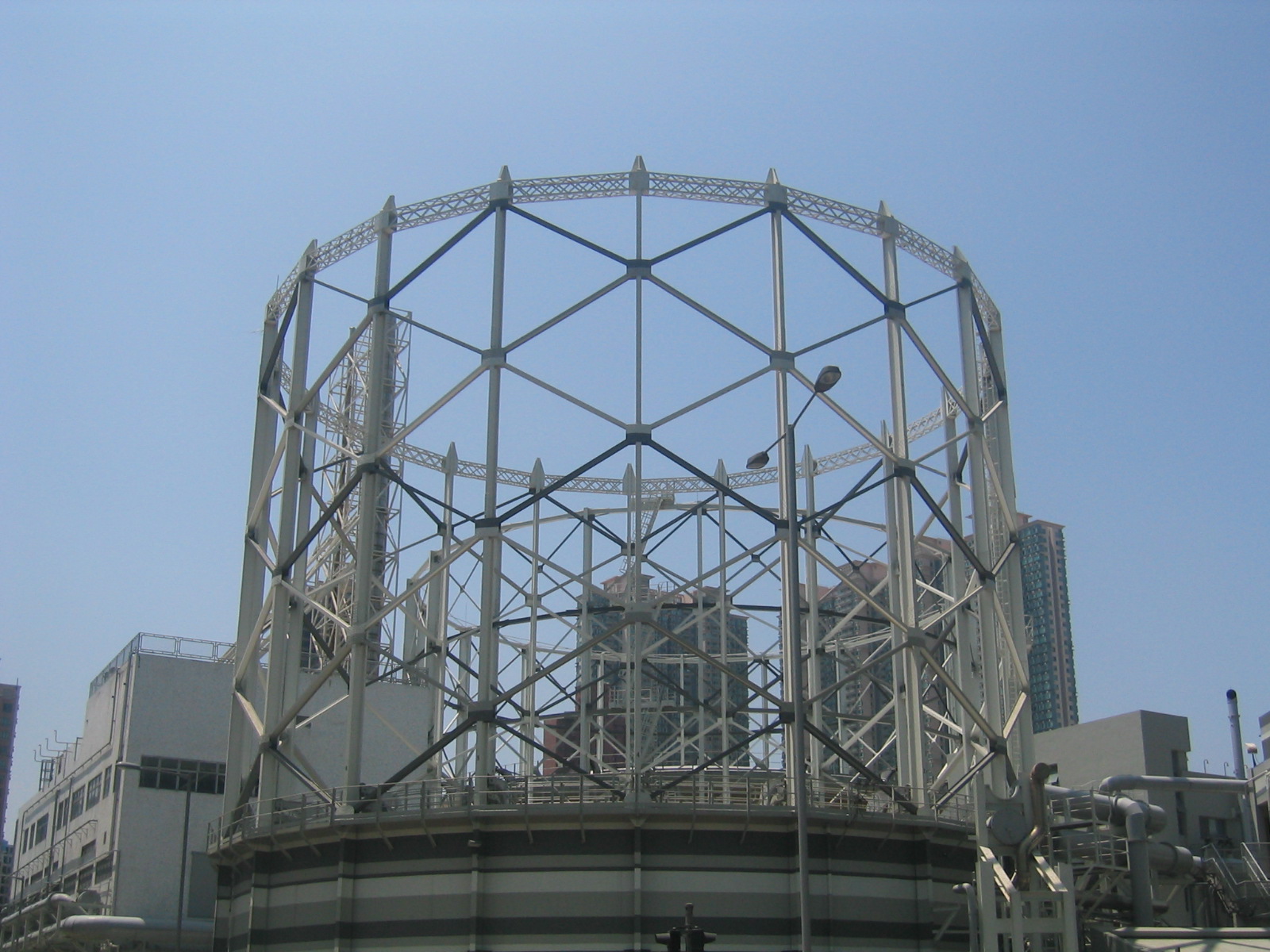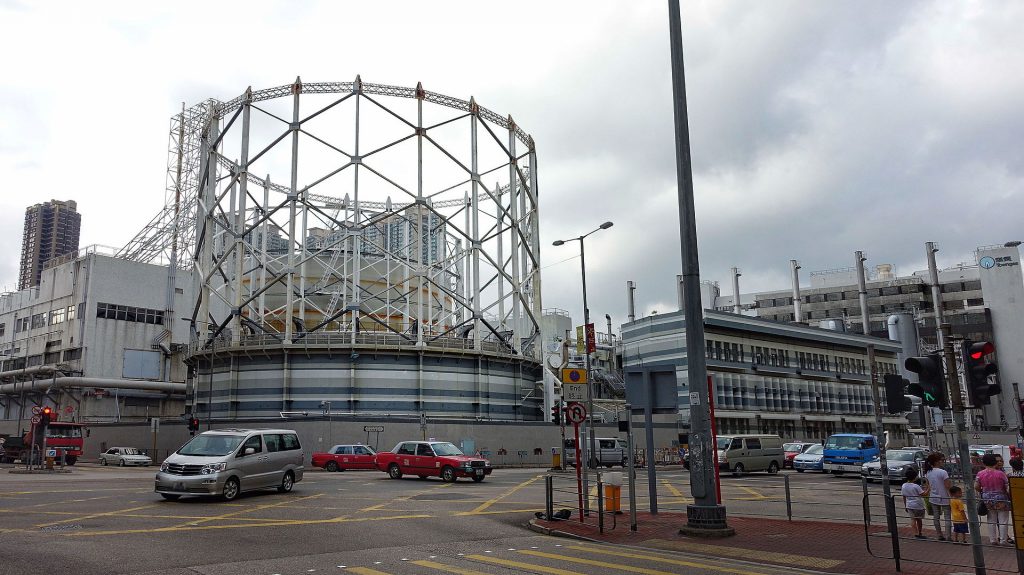Transcript::::
Hello,
My name is Andrew Luk and i am a Hong Kong based sculptor and installation artist. My work primarily begins with historical research and by tracing connections I look for ideological underpinnings and their expressions. Its a process that can be multidisciplinary and sometimes leads into unknown territory. Themes that arise in the practice are entanglements between the natural and The man-made, preservation vs. entropy, historical narratives and science fiction narratives.
I am interested in irregular fragmented connections, things that don’t quite make sense. Art is the discipline of creative exploration, its a process, that leads to different perceptions or a better well – rounded comprehension. My work is not a form of self expression, but as a process of searching, learning and sharing.
Thank you.

